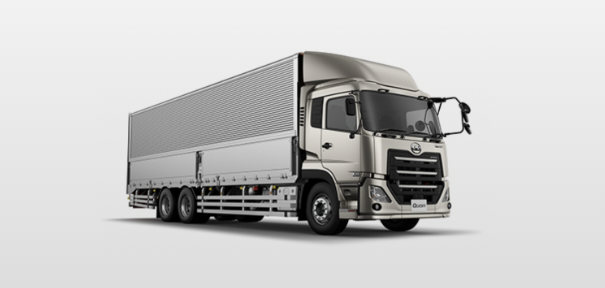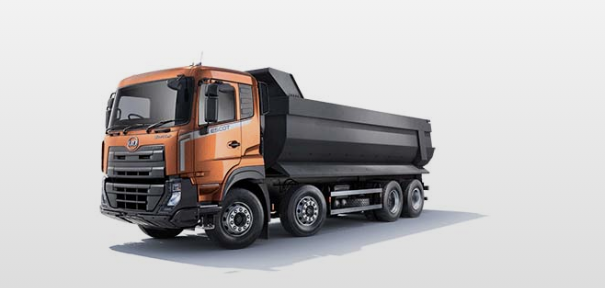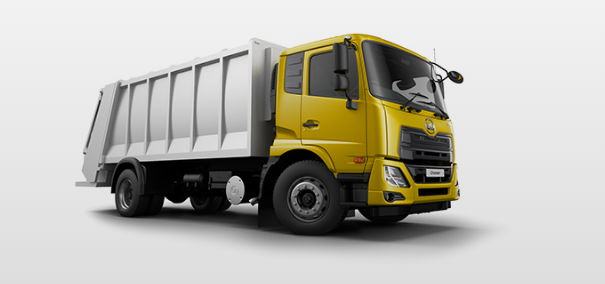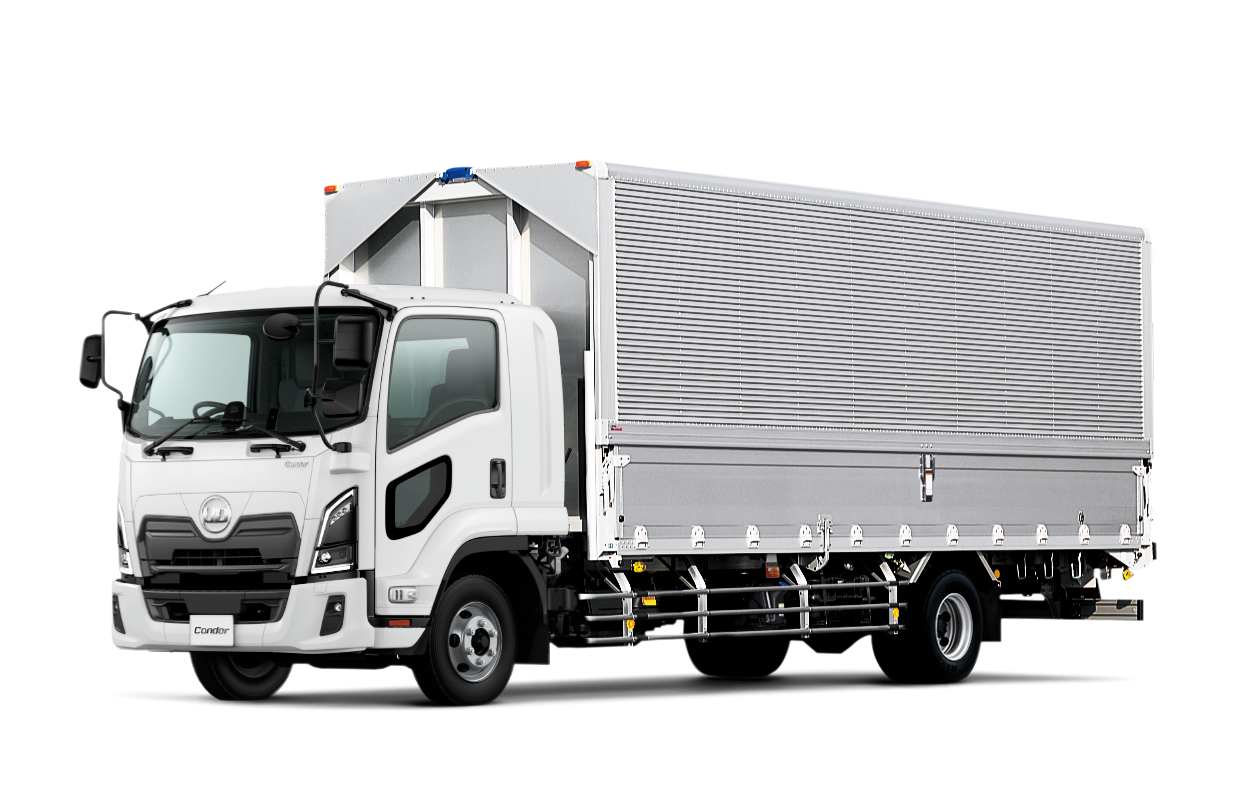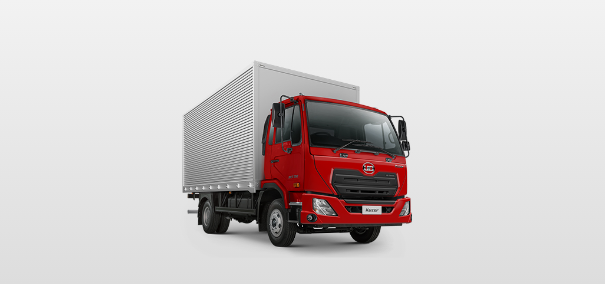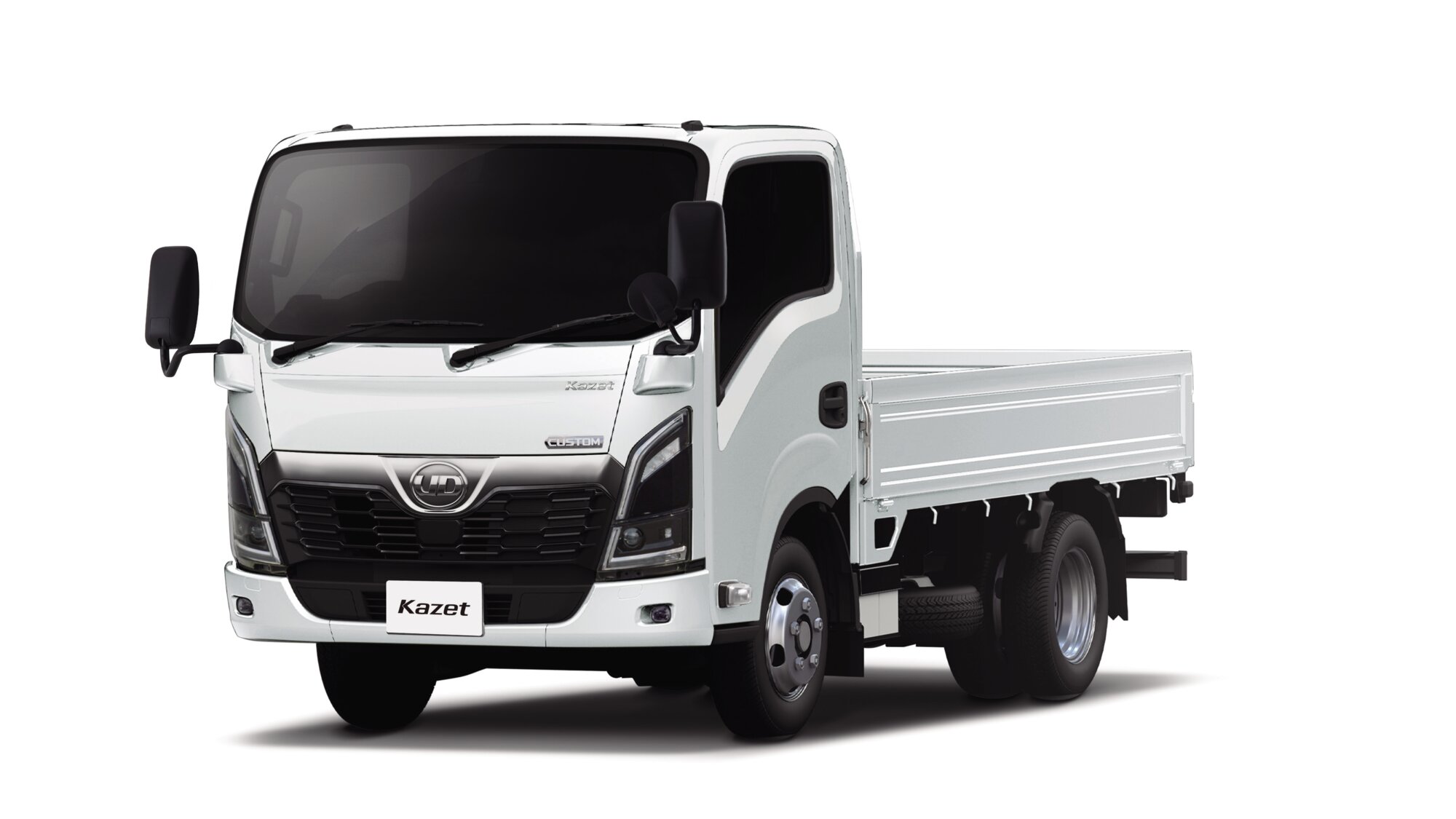UD Trucks conducts survey of truck drivers on the current state of the industry
UD Trucks has conducted an online survey of 400 drivers regarding working conditions in the trucking industry to shed light on the challenges they face ahead of amendments to Labor Standards Law which will limit annual overtime of 960 hours, taking effect April 1, 2024. The survey was conducted online among 400 drivers from transport and logistics companies across Japan.
The survey results revealed that currently only a small minority of drivers feel that working conditions are improving, with the majority reporting there is an overall shortage of labor. In addition, measures to improve labor shortages and working environments are seen as insufficient, highlighting issues that must be addressed by the industry going forward.
Learnings from the survey results
1. More than 80% of the respondents are aware of 2024 legislation around capping overtime hours, and about half are concerned with the change. The most cited reasons given were "lower salary" and "unreasonable scheduling requirements”. Factors related to working environment, compensation, and relationships with shippers need to be addressed.
2. Drivers' working conditions have not improved. About 60% of drivers feel that their working conditions have not improved compared to five years ago. In addition, 40% of the respondents feel that their workload has increased over the same period, indicating that improvements in working conditions have been insufficient. In order to sustain the satisfactory levels of productivity, the most cited responses were "increase manpower to the transportation industry", "reduce waiting time for cargo" and "increase cargo utilization rate”.
3. Stress caused by long wait times for loading of cargo - averaging 2.1 hours per day. Drivers spend an average of 2.1 hours per day waiting for their cargo to be loaded. This resulted in approximately three out of four drivers experiencing stress while waiting for the load, indicating the need to address both time loss and emotional strain of the driver.
4. 13% more drivers are needed. About 80% of drivers feel that there is a labor shortage. Less than 3% of drivers felt that the labor shortage measures taken by companies were sufficient. An estimated 244,400 drivers are needed in the future, 13% more than the current number.
5. Drivers want trucks that are easy to drive. About 60% of drivers felt that there were hurdles when they started working in the transportation industry. Survey results revealed that drivers want better working conditions and better trucks to drive. Nearly 70% felt uneasy about driving a truck they were unfamiliar with, and 85% of drivers felt that everyone needs a truck that is easy to drive.
Details of Survey Results
2024 Overtime cap
Drivers' perceptions of the 2024 overtime hours cap are split, with many perceiving it negatively due to the impact on pay and their own work.
When asked if drivers knew what the term "2024 issue" referred to, 83.8% of drivers said they did, and about half (47%) understood it in detail. In terms of their perception of the new overtime regulation, 47% of the respondents viewed it positively, while 53% of the respondents were negative. The three most cited concerns of those who view it negatively were "salary decrease (75.5%)", "decrease in sales and profits in the transportation industry (40.1%)" and "being asked to work according to an unreasonable schedule (35.8%)", indicating that in addition to salary, there are concerns about the impact on their own work.
Working environment
Less than half of the drivers feel that working environments have improved over the past five years, while more than 40% feel that the workload has increased.
When asked if drivers' working conditions have improved compared to five years ago, 58.8% of drivers said they do not feel that they have, and 42.8% feel that their workload has increased
About 80% of respondents feel the need to improve the efficiency of their operations. The three most cite measures are "increasing manpower”, "reducing waiting time for cargo" and "increasing truck cargo utilization”.
It was found that 78.6% of respondents said that they need to improve operational efficiency in accordance with the implementation of amendments to Labor Standards Law. The most cited responses on measures needed were "increasing the number of new entrants (manpower) to the transportation industry (60.0%)", "reducing waiting time for cargo (56.8%)" and "increasing truck cargo utilization (27.8%)". A solution to addressing the "manpower shortage" and "waiting times for cargo" will lead to an increase in truck cargo utilization rates, indicating that various approaches are needed to improve operational efficiency.
Waiting for cargo
Drivers spent an average of 2.1 hours waiting for their trucks to be loaded; Three out of four drivers experience stress related to this.
When asked how much time drives spend waiting for cargo during a workday, the average was 2.1 hours. A handful of drivers (1.5%) answered more than 10 hours, and 74.5% of them reported feeling stressed by the wait, indicating that this issue needs to be resolved from the perspective of driver emotional well- being and improving the working environment for drivers overall.
Lack of drivers
About 80% of drivers surveyed feel that they are understaffed. Factors contributing to the labor shortage are "salary", "aging of the workforce" and "long working hours", thus making it difficult for newcomers to enter the industry.
79.8% of the drivers themselves feel that they are understaffed, and the top factors cited were low pay (73.4%), aging of the workforce (62.4%), and long working hours (56.1%). With the number of existing drivers declining, partly due to an aging workforce, respondents feel that improvements in compensation and working conditions are necessary to attract more new entrants to the industry.
While more than 60% of drivers feel that they are taking steps to address labor shortages, only 2.8% of drivers believe that they are doing enough. An estimated 244,000 additional drivers are needed.
When asked if the company they work for has taken some measures to address the labor shortage, 60.2% of drivers responded that they had, but only 2.8% of drivers thought the measures were sufficient. An estimated 244,400 new drivers are needed in Japan. Since few drivers believe that implementing measures on their own will be sufficient, and industry-wide effort to address the labor shortage is seen as essential.
New drivers
Approximately 60% of respondents felt that there were hurdles in joining the trucking profession. The top three reasons cited were "old trucks", "heavy workload" and "trucks are hard to drive."
When asked about the difficulties for new drivers to enter the truck driving profession, 63.3% of the respondents answered that the hurdles were high. The most cited difficulties were that the trucks were old (37.5%), the workload was too overwhelming to get the job done (28.0%), and the trucks were difficult to drive (21.3%). In order to reduce the apparent hurdles to becoming a truck driver, it appears that in addition to improvements in working conditions, improvements in the drivability of the vehicles are also necessary.
Drivability
With overtime regulations expected to increase the number of truck runs, roughly 70% of drivers are anxious about driving unfamiliar vehicles and 85% of drivers want vehicles that are easy for anyone to drive
When asked about trucks and whether they feel uneasy driving a vehicle they are unfamiliar with, 68.8% of drivers said they feel uneasy, and 85.0% said they want a truck that is easy for anyone to drive. The results show the importance of new, easy-to-operate trucks for both existing and new drivers alike.
Summarizing the survey results
The findings of this survey show that there are still complex issues that need to be addressed in order to improve the working conditions for drivers. This includes the challenges of an aging of the workforce, concerns of new drivers entering the industry, long wait times for the loading of cargo, working hours, and salaries. The survey also found that there are still issues related to the truck, or hardware, itself. In order to improve the well-being of drivers and the industry as a whole, UD Trucks will continue to develop trucks that are safer and easier for anyone to drive.
Survey Summary
Survey Title: Survey on Working Conditions in the Trucking Industry
Survey period: March 2 - 6, 2023
Surveyed: 400 men and women aged 25 - 69 in Japan.
Survey method: Internet survey
Research Organization: Signal Research
*Totals may not add up to 100% due to rounding to two decimal places.

